What We Learned At The DNA Conference
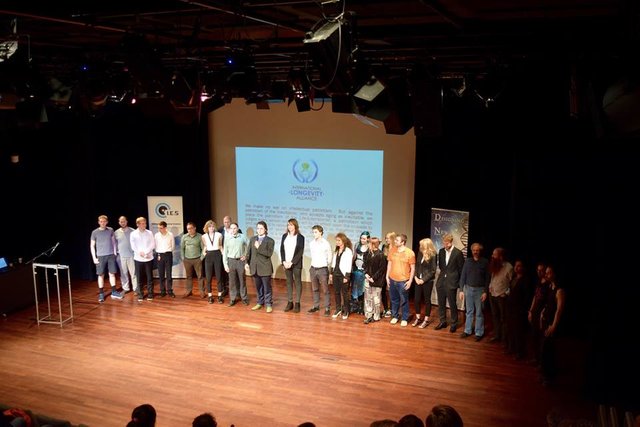
A few weeks ago we announced the first DNA (Designing New Advances) conference, to be held in Utrecht (the Netherlands) on the 9th of July (find our article here). This conference was organized by the Institute of Exponential Sciences (IES), an international techno-positive think tank based in the Nederlands. It was a huge success with about 50 attendees from various countries including the Nederlands, Belgium, Sweden, Ukraïne, Canada, United States, and the United Kingdom.
The first speaker Oliver Medvedik (Co-founder of Genspace) gave an overview of the different methodologies that have been developed over the years to make specific changes to the DNA molecule (= genome editing). After discussing some of the older methods such as TALENS and ZFNs, he moved on to discuss CRISPR-Cas9 in more detail. CRISPR-Cas9 is one of the hottest areas in science today. The prestigious scientific journal Science announces at the end of each year the “scientific breakthrough of the year” and as you might have guessed the breakthrough of 2015 was CRISPR-Cas9. CRISPR-Cas9 is a molecular machine that is able to cut the DNA in a precise location. Added exogenous DNA will then be inserted in the location where this break happened, rather than in a haphazard way (learn more here).
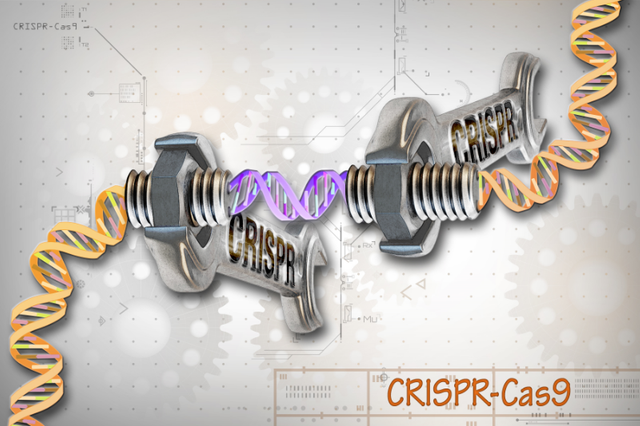
Using genome editing we might be able to sneak in genes into our genome that protect against diseases and extend our lifespan. But CRISPR does more than inserting new genes; it can also be used to modify the epigenetic marks on the chromatin and hence change gene expression. The first question was about an even newer genome editing method that is a “cousin” of CRISPR-Cas9 called CPF1. The main benefit of CPF1 seems to be that it’s smaller than CRISPR and hence will more easily get into the cells.
The next speaker was Aubrey de Grey (CSO of the SENS Research Foundation). Aubrey explained that we have been very successful in eliminating the diseases of young age (mainly infectious disease) leading to a strong decline in early life mortality. We have been much less successful in dealing with the diseases of old age. The reason for this discrepancy is that the majority of disease burden in youth is caused by a relative small number of diseases, and in addition the complexity of most diseases affecting the young is much smaller compared to diseases of old age. Aubrey further explained that the general pathological changes associated with age (such as the loss of bone mass) are not viewed as diseases. This is in stark contrast to the specific changes with age that only occur in a subgroup of elderly people (such as Alzheimer’s disease). It’s this bad classification that leads to the popular view that aging cannot be treated and that also lead to the system in which each disease of old age is separately studied in a futile attempt to cure specific diseases of old age without dealing with the underlying aging process. However, more recently several researchers have started to advocate that aging should be classified as a disease (see for example here and here).
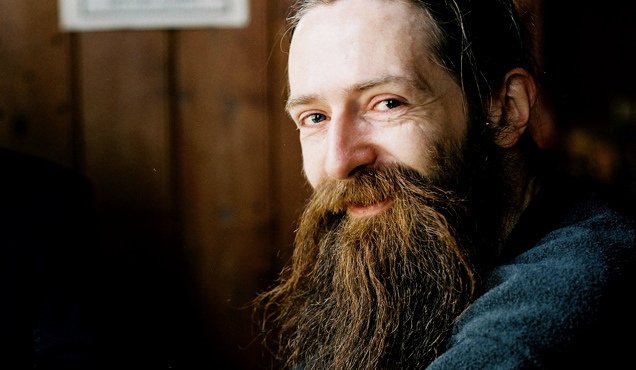
Aging is the result of a lifelong accumulation of damage. According to de Grey, the most effective way to prevent and treat the diseases of old age is by repairing this molecular and cellular damage. He has identified seven main categories of damage and the goal of the SENS Research Foundation is to develop and fund therapeutics that can repair this damage. The SENS Research Foundation recently started a crowdfunding campaign (here), to raise funding for a research project that aims to find inhibitors of ALT (alternative lengthening of telomeres). Many readers will be familiar with the enzyme telomerase that is used by some cancer cells to extend their telomeres and escape the lethal consequences of telomere shortening, and indeed several anti-cancer treatments that work by inhibiting telomerase are in late stages of clinical development. However, cancer cells can escape the inhibition of telomerase by switching to an alternative method to lengthen their telomeres called ALT. That’s why the SENS Research Foundation is looking for methods to block this pathway and hence potentially develop a very powerful anti-cancer treatment.
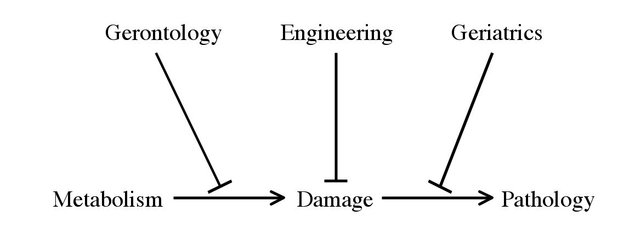
Next Aubrey presented a new project called the “Maximally Modifiable Mouse”. The goal of this project is to develop a mouse that is ideal for gene therapies (high penetrance and low off-target random integration) using CRISPR-Cas9 and an integrase called BXB1. An important limitation of the CRISPR-Cas9 technology is that it only allows you to insert small amounts of DNA in the genome. To overcome this problem the Maximally Modifiable Mouse would make use of a different genome editing method based on integrases, enzymes that catalyse the integration of exogenous DNA into specific locations in the genome. Sadly, the mouse genome lacks such integration sites. To fix this the SENS Research Foundation will attempt to use CRISPR-Cas9 to insert these small integration sites into the mouse genome. Once the mouse has these integration sites, one would be able to use the integrase method to insert any number of genes in the mice genome.

Next, a philosophical and bioethical view on aging and gene technology was presented by Tatjana Kochetkova, a fellow of the IES. She introduced us to the concept of informatic essentialism, a theory that hold that the body is a collection of information that can be ‘read’ by biologists, transferred to computer code, and later reintroduced into the body (i.e. gene therapy). The goal is to produce a “biotech body”, a body that is technologically enhanced to rise above the current vulnerable ‘natural’ body. She noticed that the desire to rise above the limitations of our ‘natural’ body is one of the fundamental desires of what it means to be human. According to Nietzsche human nature is the desire to transcend our limitations. Humans have an open existential positionality while animals have a closed existential positionality according to the German philosopher and sociologist Helmuth Plessner. Animals are at peace with themselves, with their own limitation and their mortality. In contrast humans, as stated earlier want to transcend their own limitations. She defined three stages of the evolution of life: (i) natural selection (survival of the fittest), (ii) artificial selection (e.g. plant breeding), and (iii) the biotech revolution. We are now moving into the third stage. But we must also be aware of the risks associated with biotechnology such as the risk for bioterrorism.
After some lunch we continued with a speech by the first human to have undergone anti-aging gene therapy - patient zero, Elizabeth Parrish. She’s the founder and CEO of the biotech company Bioviva. After a personal encounter with a disease in her family, she started to think about what can be done to cure diseases. Sadly, she soon discovered that many people were still dying from disease because experimental treatments are considered too risky. More risky than dying? After looking for a while she came to the conclusion that she would have to start a company to provide evidence that experimental gene therapies could be effective against many human diseases. Last year Elizabeth was treated with two gene therapies:
- one with telomerase to lengthen the telomeres
- one with a myostatin inhibitor to prevent age-related loss of muscle mass (find out more here).

The myostatin inhibitor gene therapy was already in phase 3 clinical trials for the treatment of muscular dystrophy. In 2015 the first gene therapy (Glybera) received regulatory approval for the treatment of lipoprotein lipase deficiency. Parrish’s goal is not only to accelerate the development of gene therapies but also to drive technological advances in the production of gene therapies so that the price can be lowered and they become available to all. Sadly, today gene therapy still carries a hefty price tag of over one hundred thousand USD (Glybera even costs over one million USD).
Next Avi Roy talked about how these therapies can be tested and how the people treated with these interventions can be tracked in the long term. Avi is a founding partner of the “Personalized and Precision Preventive Medicine Clinic” or P3 clinic for short. The P3 clinic will offer exhaustive testing of many biomarkers of health and aging that will allow people to investigate the effects of treatments such as gene therapy. In these clinics cutting edge diagnostic tests such as full genomic, transcriptomics, metabolomics, and metagenomics (identification of the microbiome by sequencing) will be offered combined with classical physical tests (such as reaction time) and imaging (MRI and ultrasound).
The last speaker of the day was Keith Comito, president of the Life Extension Advocacy Foundation (LEAF). He started by talking about one of the most effective patient advocacy stories in human history: the fight to make cancer research a priority. Many people alive today might be very surprised to learn that during a large part of the 20th century cancer was not considered to be a priority at all. In the fantastic book ‘The emperor of all maladies’, the story is told about how two people, a socialite called Mary Lasker, and a cancer researcher Sidney Farber changed the way that society viewed cancer.

The lifespan.io logo
Keith often asks his audience three questions. First he asks if people want to live another 50 or so years, to which most middle-aged people in the audience often say, ‘no, 80 is enough for me’. Keith then says 'ok, let me ask you another question. Would you like to be alive tomorrow?'.
Often the answer to that is yes.
And then he asks if their opinion will be different the next day. Here he demonstrates a cognitive bias of people. When you think about the long term (say 50 years) people often have a different opinion compared to when you put the same question to them in an incremental (day to day) manner. Keith created a crowdfunding platform to raise funds for research projects on life extension called lifespan.io. This platform has so far completed two successful fundraisers.The first one supported a mitoSENS research project aimed at putting ‘back-up’ copies of mitochondrial genes in the cell nucleus. The cell nucleus is a safer place where mutation rates are slower and hence these back ups could help to prevent age-related mitochondrial dysfunction. The second project was the Major Mouse Testing Program (read our interview with the people behind this project here).
The conference ended with a short speech by Paul Spiegel, a board member of the International Longevity Alliance (ILA). He talked about how important it is for members of the longevity community to bound together and support each other. We’re all on the same team and should not be undercutting each other, he said.
Next conference in Europe on life extension is the Eurosymposium on Healthy Ageing (EHA) in Brussels (Belgium). EHA is a biannual conference organized for the first time in 2012. This meeting will highlight the cutting-edge of knowledge in the field of biogerontology and provide a unique opportunity for researchers, government officials, biotech executives, and advocates from around the world to meet, network, and forge new scientific collaborations.
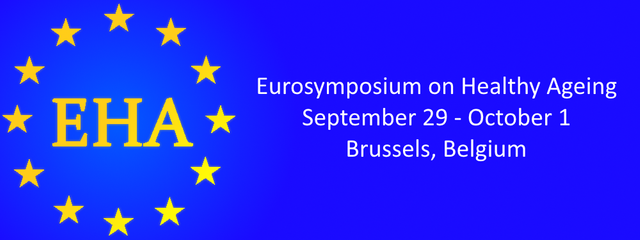
From The Longevity Reporter: The Weekly Newsletter About Aging

Keep up the great work @longevity
Upvoted